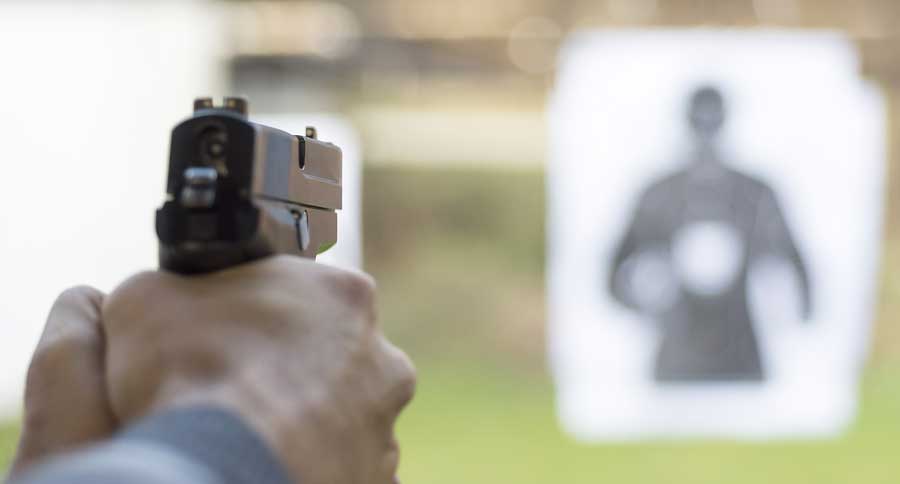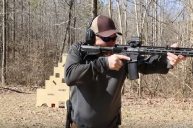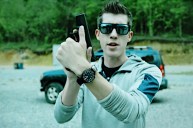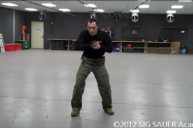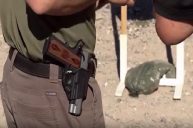The armed citizen needs to start with these basic tips for concealed carry to ensure they are proficient and safe with their pistol.
In this series, we're going to explore what the armed citizen should focus on when training for concealed carry uses. These lessons will be built on years of professional military training from a special operations background and police firearms experts.
In future articles, we'll cover topics such as what caliber and type of gun to buy, and more advanced training techniques will be demonstrated.
Let's get rolling with two of the basics to build foundational proficiency in your shooting.
Pistol Hand Placement
Pistol hand placement is the most important step, as it will set the tone and direct how well you present (bring your pistol up and align your sights on target) and how well you can absorb recoil and manipulate the controls of your gun.
To start out, it is well worth watching this short lesson from former Delta special forces operator Kyle Lamb, taken from his Viking Tactics training series.
This is an excellent starter tip; note how Mr. Lamb really gets the most coverage from both of his hands and a high grip on the gun. He does this each and every time before starting out with training.
When starting out, ensure your gun is cleared and proven safe, and practice this grip and sight alignment dry (that is, without ammunition or a magazine loaded). Form the proper grip and point your weapon in a safe direction. Do it again and again to build muscle memory. Muscle memory is the ability to do it right every time with almost no conscious thought, built over repetitive practice of the same drill and movement.
It cannot be stressed enough: practice this safely with an unloaded weapon before heading to the range and going live.
When you're starting out, no drills should be rushed or pushed without thorough dry rehearsals first.
The Draw and Present
Once you have built up the basics of your grip, it's time to move onto the draw and present of your gun on a target. Again, do this training with an unloaded and proven gun on a target in a safe direction to master it before going live on a range.
Watch carefully again as Kyle Lamb works the mechanics of the draw and present to a target. Note how deliberate and effective his movements are.
This is a great demo because he shows the mechanics of an effective draw and present; and he does it the same each and every time, demonstrating how you build muscle memory into your draw. This will ensure you do it right in a high stress situation.
Elite units often use the term "smooth is fast and fast is smooth."
It's a great saying that means you become proficient in your gun handling by working the basics and muscle memory to do it well on every drill. If you start out trying to rush every drill, you will fumble and be ineffective (and possibly dangerous). Speed will come with experience and doing the drill and training consistently.
Like any gun drill, prove your gun safe and work the concealed draw again and again before going live on a range. Start slowly and deliberately, combining the grip, a smooth draw, present, get your sights aligned and squeeze the trigger dry (firing dry will not hurt your gun mechanism, don't worry). Do it again and again and once proficient then go live on the range. Combine it all and just fire one or two rounds, ensure the weapon is safe and do it again.
There you have it, start with some of these basics, do it right each and every training session and progress from unloaded dry training to live fire on the range. Don't rush the process, and if you can, have an experienced shooter with you to watch and provide guidance.
If you are really invested, use these training tips as a primer, but seek out a professional training service that has experienced instructors to hone and develop your skills.
In the next instalment of The Armed Citizen we will look at gun buying considerations for concealed carry. Until then, train safe, train hard and master the basics!
NEXT: ANOTHER GUN MYTH BUSTED: RELAXING TO SHOOT YOUR PISTOL
